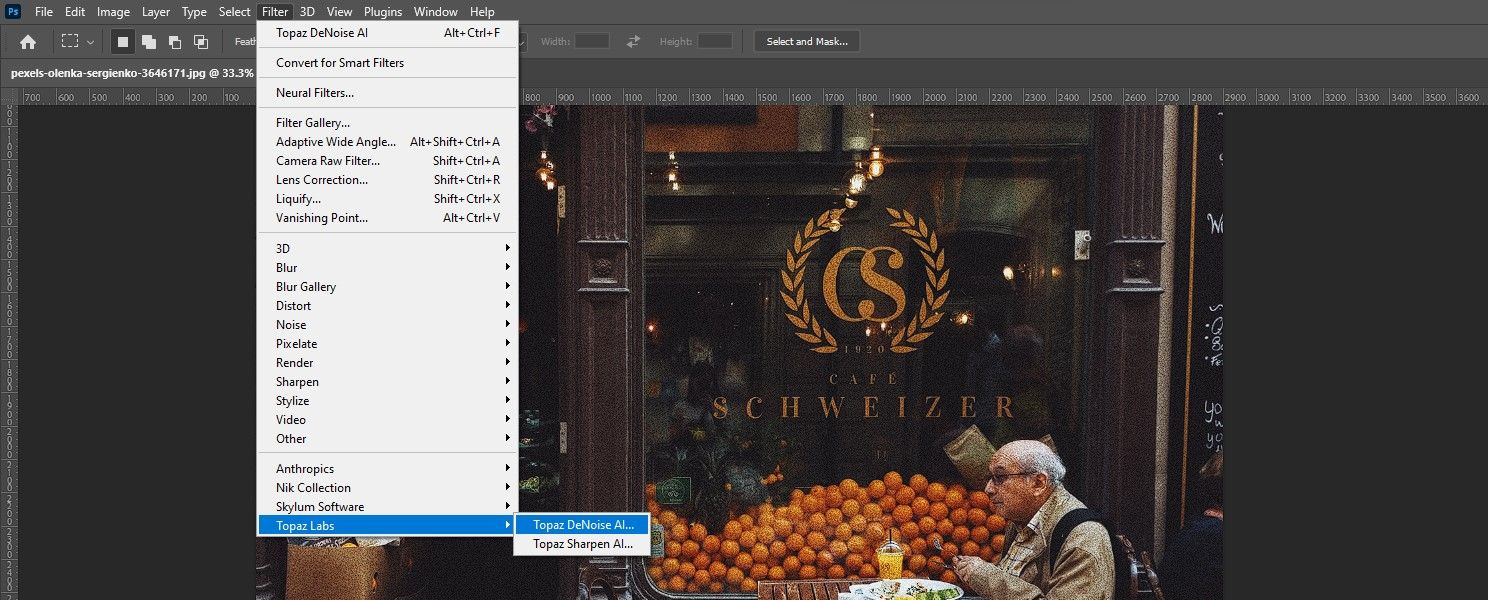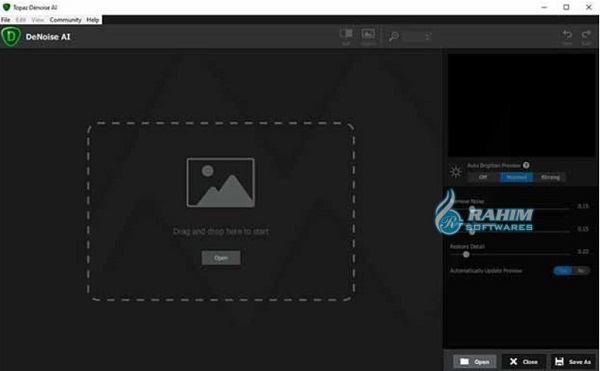
So, the longer the focal length the better, but on a cropped-sensor camera, a 100-400mm lens or a 100-500mm lens will create a large enough moon for cropping and composition into a lunar eclipse phase sequence. For example, you would only need a 490mm lens to create a moon that fills the same proportion of the frame as I did when I used a 784mm lens on my full-frame camera. This gives you a good advantage for lunar photography. If you’re using an APS-C cropped-sensor camera, your field of view will be equivalent to the focal length multiplied by either 1.6x or 1.5x depending on your camera brand. We want that final composite image to have a good resolution, but the individual moons within it can be a little smaller and cropped out of a much larger frame. In this case, we will be cutting the individual moons out of several different images, and creating one final image in Photoshop.

On the other hand, if your plan is to create a composite image of the moon’s transition into and out of the eclipse, as we will be doing in this tutorial, you do have some more leeway. You won’t be the only one with this idea! Just make sure you book the rental some weeks in advance when an eclipse is approaching. Of course, not many people own lenses like this, but you can always rent them from LensRentals. If your plan is to create a single image where a single moon is filling most of the frame, your best option is to use a 600mm lens with a 2x extender to reach a focal length of 1200mm. To get great moon photos you’re going to need a telephoto lens with a focal length of at least 400mm, but preferably even more.įor the photos in this tutorial, I used the Canon 200-400mm with its built-in 1.4x extender engaged and an external 1.4X extender added to the rear of the lens. This gave me a focal length of 784mm, and as you can see from the sample image above, even then, the moon was just a tiny fraction of the frame. Let’s get this out of the way first because I don’t want to rain on anyone’s parade later on.

even a 784mm focal length doesn’t magnify the moon enough to fill the frame. The Topaz versions are trials, that's a watermark on them that looks weird.This image shows you that on a full-frame camera. I probably should have, but I ran out of steam.įor what its worth, the Topaz version of the original jpg image looks best to me, the purple added by the enhance process ruins those versions. I did not include the image using LR noise reduction. Third is the original image treated with Topaz.įorth is the enhanced image treated with Topaz. I guess they were always there, but not so noticeable. BTW, Enhance really hosed the image with CA's.

Second is a jpeg created using Adobe Enhance. Pretty convoluted.įirst is the original jpg made from the original CR3. That was the only way I saw to get 1024 X 1024 comparisons.

I also exported the DNG file created by enhance to jpg and ran topaz on that. Then, I exported a 1024 X 1024 jpeg and used that for topaz. I first created the cropped image as a CR3, then used it to run enhance. Since its a very large file, I am showing crops that are the same size.
#TOPAZ DENOISE 6 CHANGES FROM 5 FULL#
The 24-240 lens did not help the issue, it isn't sharp enough to get full detail, but this is a extreme case. It actually looks very good as a small image, but at 1:1, the detail is very bad.
#TOPAZ DENOISE 6 CHANGES FROM 5 ISO#
As another extreme test, I took a R5 image that was ISO 51200.


 0 kommentar(er)
0 kommentar(er)
